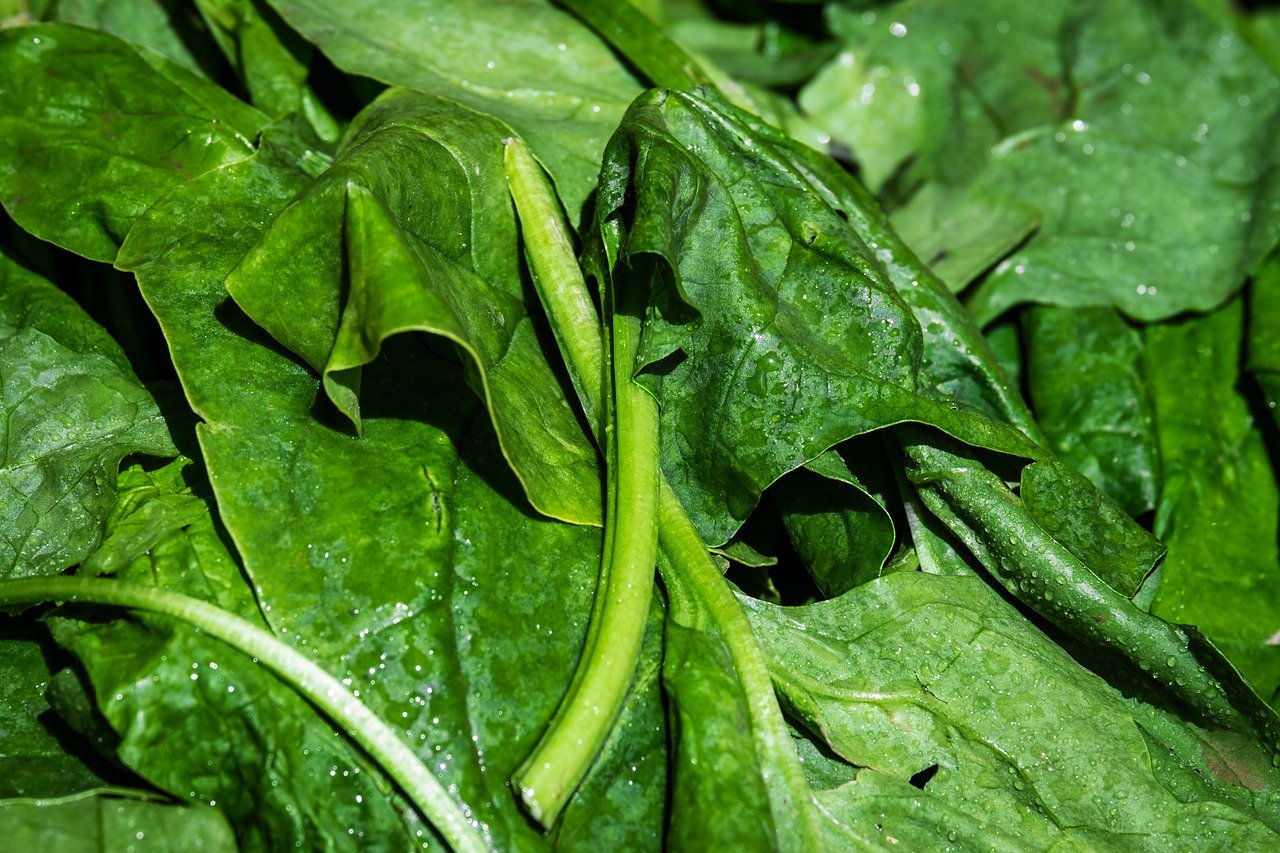In April 2018 researchers from Austria published the results of their study to assess dietary perchlorate exposure of the Austrian population for adults, children and infants. In addition, a risk assessment was undertaken based on the tolerable daily intake of 0.3 µg/kg body weight/day, established by the European Food Safety Authority in 2014. Results showed that, based on the average food consumption, there were no increased risks associated with dietary perchlorate intake. For adults the exposure estimates reached only 12% of the tolerable daily intake, for children 26% and for infants 24%. However, when food consumption was high, the tolerable daily intake was exceeded by all age groups, with 132% for adults, 161% for children and 156% for infants. A major cause for exceeding the tolerable daily intake was due to the comparatively high perchlorate contamination of spinach and other leaf vegetables, plus legumes and pineapples. The researchers concluded that the current intra-Union trade reference level for perchlorate in spinach of 0.2 mg/kg, as advocated by the European Commission, is not sufficient to protect individuals with a high spinach consumption against possible health risks. It was therefore recommended that the regulatory maximum perchlorate levels should be lowered in order to reduce health risks to a tolerable level for all consumers. It should however be pointed out that a generally diversified diet can also counteract excessive exposure to perchlorate as well as to other harmful food contaminants.
Vejdovszky K et al. Risk assessment of dietary exposure to perchlorate for the Austrian population. Food Addit Contam Part A Chem Anal Control Expo Risk Assess. 2018 Apr;35(4):623-631

